Types of nitrogen fertilizers and rules for their use
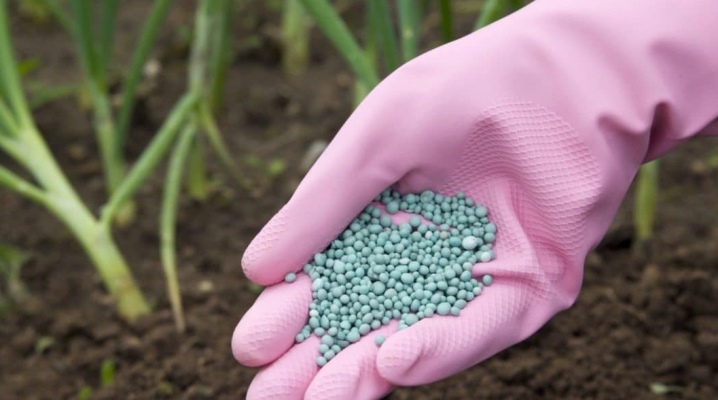
The main useful elements for plant nutrition are consumed from the soil. In their absence or deficiency, the development of crops slows down. In this case, they become weak, more often suffer from pests, bacterial or fungal diseases. But as nutrients pass into the plant organism, their amount in the soil gradually decreases. On fertile soil in the first year, you can get a rich harvest, but every year the soil will become poorer, and the yield will decrease. Therefore, after two years, it is important to fertilize the site several times per season, replenishing those substances that were absorbed by the plants during their growth.
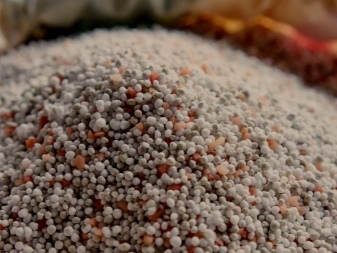
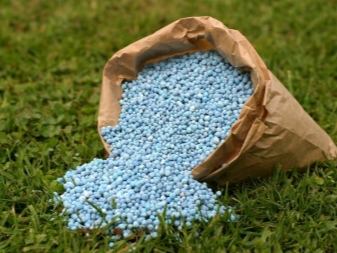
What is it and what is it for?
Fertilizing the soil is an agrotechnical measure that, when properly applied, helps to improve the condition of the soil for an annual rich harvest and strengthen the immune system of crops.
The correct choice of dressings lies in knowing their characteristics, taking into account the characteristics of the soil and the needs of plants, as well as in compliance with the dosage and safety measures. This is the only way to significantly increase the yield of fruit and vegetable crops or prolong the flowering of decorative plants.
There are many natural substances or chemicals that plants need to grow harmoniously. And nitrogen plays an important role in this process. The lack of this chemical element in the soil can be replenished as a separate active substance (monoforming). However, complexes containing nitrogen are more often used. These mixtures are the most convenient.
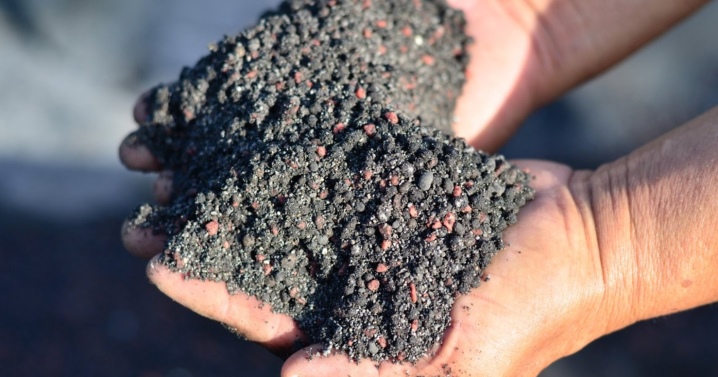
The importance of nitrogen fertilizers for agricultural crops is due to the fact that nitrogen affects the metabolism of plants and is a building material for the formation of their cells. Nitrogen compounds (like no others) affect the absorption of all useful minerals and vitamins. Thanks to nitrogen, the process of chlorophyll synthesis is more active.
All these complex biochemical processes work for:
- increased plant growth, especially their young shoots - the vegetative organs by the time the seeds ripen are significantly depleted in nitrogen, during this period it is especially necessary;
- increased productivity - this element affects the formation of the crop, increasing the size of flowers first, and then fruits;
- healing wounds on plants and increasing immunity against diseases;
- acceleration of fruiting - it happens that fruit plantations, actively growing upward and in breadth, do not bloom for years, do not bear fruit, feeding twice a year with nitrogen fertilizers helps to cope with this problem.
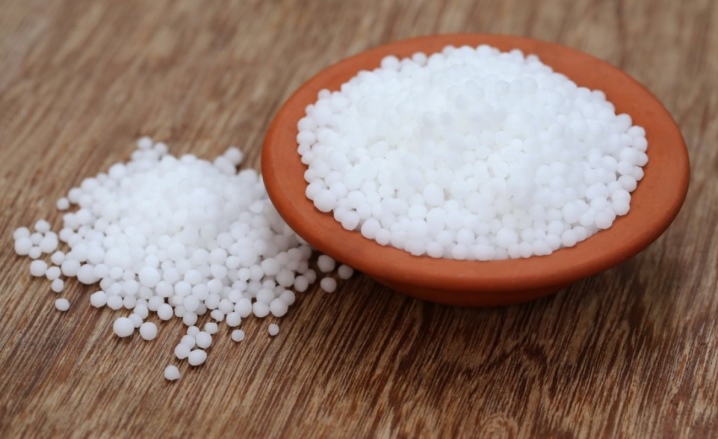
Production
In the modern world, more and more mineral fertilizers are produced in all countries. Their use is also growing. The world market of mineral fertilizers has increased almost several times and has a stable trend towards further growth. The leading position is occupied by Asian countries and large European ones.
This industry is one of the leading in the Russian chemical industry. In relation to the rest of the industries, it is the most advanced due to the active modernization of industry as a whole and equipping the factories with high-tech equipment. Therefore, the traditional and innovative types of products produced are not only competitive in the world market of mineral fertilizers, but also have important advantages.In the industry, about thirty enterprises produce up to 8% of global production. And among the world's largest manufacturers and exporters of these products, they occupy the first place in the sale of nitrogen complexes.
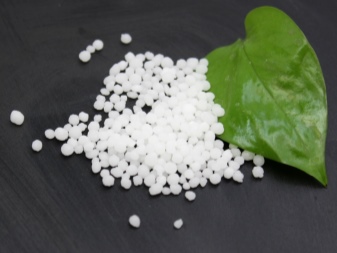
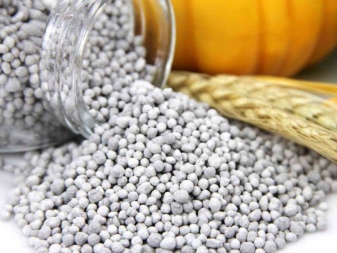
In the segment of the market for all types of fertilizers, the volume of production of the main types of nitrogen fertilizers has not changed for many years - it keeps the indicator at 49%.
Fertilizers containing nitrogen are obtained from a mineral with three formulas of compounds: amide NH2, ammonium NH4 and nitrate NO3.
The basic raw material is ammonia, which is obtained from hydrogen and nitrogen. The nitrogen contained in the atmosphere has a volume of 78% - it is the main component of air. And the amount of hydrogen in the atmospheric air is negligible; it is, rather, an impurity. Therefore, the main source of hydrogen is natural gas, coke oven and oil gases.
There are several technologies for producing ammonia: by the conversion of coke, which requires a huge amount of coal, and by the electric method, with a large expenditure of energy. Therefore, in Russia, the factories producing ammonia were determined by such location factors - the proximity of coal deposits, as well as thermal power plants operating on gas, coal or fuel oil, and hydroelectric power plants.
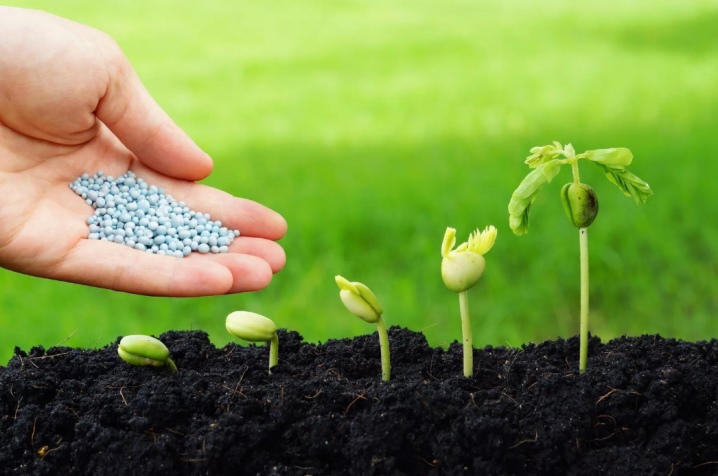
Most of the production of mineral nitrogen fertilizers is located in the European part of the country; in the Asian part, only a small amount is produced. Enterprises are also located in the largest metallurgical centers.
So, in Zarinsk, Novotroitsk, Chelyabinsk, Magnitogorsk, nitrogen-containing fertilizers are produced by metallurgical plants themselves as by-products.
One of the leading Russian factories of mineral fertilizers in Kirovo-Chepetsk produces, along with ammonium nitrate and nitroammophos, new products: fast-acting fertilizing ASN from nitrogen, sulfur and nitrate and AKS - dry urea-ammonium nitrate.
The plant in Nevinnomyssk, Stavropol Territory, is another leading world producer of ammonia. It not only supplies products to Russian chemical and agricultural enterprises, but also exports a significant amount of it to about 40 countries around the world.
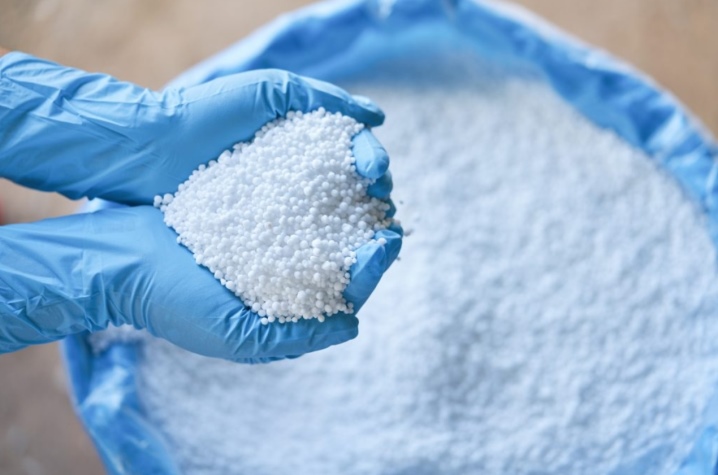
OJSC NAK Azot, Novomoskovsk, Tula Region, has also been holding a leading position in the industry for several years.
Nitrogen fertilizers are made in huge quantities. Therefore, each enterprise specializing in the production of mineral fertilizers has its own chemical plants nearby, which produce ammonia from air and nitric acid, which is then sent to the nearby workshops.
Also manufacturers in this industry (Salavat, Angarsk) produce their nitrogen products from oil refining waste.
In recent years, instead of coke and coke oven gas, natural gas has been used as feedstock in the production of ammonia. The focus on large gas pipelines made it possible to locate specialized complexes closer to the consumers of these products.
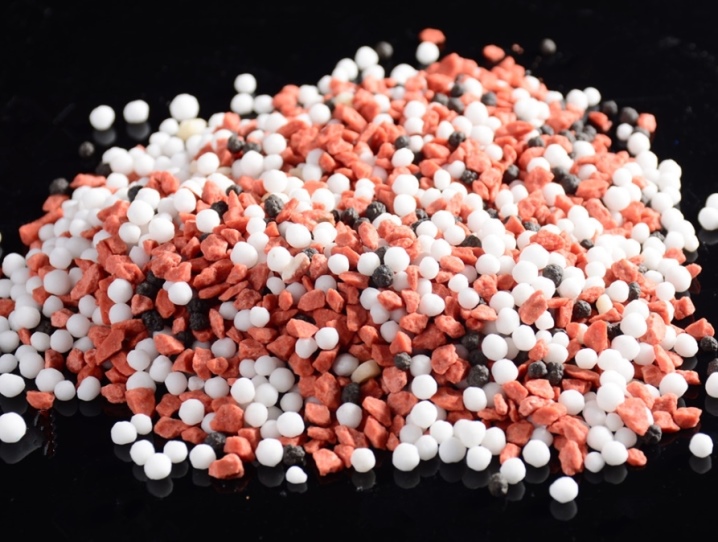
Species overview
All nitrogen-containing dressings by origin are of two groups.
- Mineral (inorganic) micronutrients synthesized chemically in a form that is easy for plants to assimilate. Some of them are produced by the chemical industry, others are industrial waste. Natural salts are also used as fertilizers. These include: nitrogen, nitrate, micronutrient fertilizers and organic compounds, such as urea.
- Organic - they owe their appearance to natural products of vital activity of animals or plant origin, which, before being absorbed by plants, must rotate and decompose in the ground.
To deal with the numerous representatives of the class of fertilizers, their classification will help. She divides them into groups depending on the presence of components and the percentage of useful elements that determine their properties.
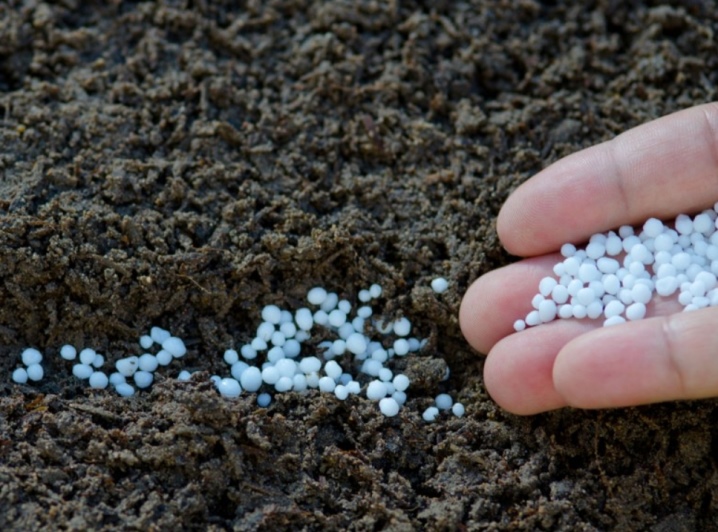
The first indicator - the nature of the impact - divides them into direct and indirect.
The direct ones contribute to the enrichment of the soil with micro- and macroelements necessary for the nutrition of crops.
Indirectly, they improve the effectiveness of minerals, for example, they affect the change in the acidic environment of the soil (lime, chalk, and others).
The next sign is composition. Direct view can be simple, consisting of only one element. For example, direct nitrogen-containing fertilizer contains one mineral element - nitrogen. And complex ones consist of several components, most often it is a combination of nitrogen, potassium, phosphorus with other substances in smaller quantities. Examples are diammofoska, sodium nitrate and the like, the name of which reflects the composition of the top dressing.
According to the state of aggregation, several categories are distinguished.
- Solid fertilizers in the form of powder, granules or crystals. They can also be produced in the form of tablets, sticks of various sizes, suitable both for dry application to the soil, and when dissolved in water.
- Liquid. In this state of aggregation, they are better absorbed by plants. They are added to the soil during watering, and are also suitable for spraying leaves.
- Semi-liquid.
- Gaseous (CO2).
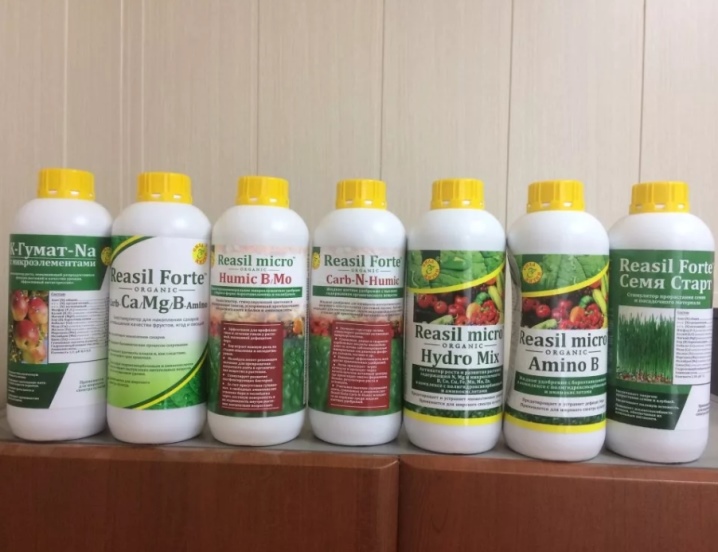
The choice is determined by breeders according to the convenience of the method of application and depending on the area of the cultivated area. For example, for potted plants, liquid or sticks are better suited, and for large areas it is more convenient to use powders sprayed with the help of agricultural technology.
According to the active ingredient, the compositions under consideration are classified into groups: ammonia, nitrate and amide. The ammonium form of nitrogen is more favorable for assimilation by plants and does not accumulate in fruits in the form of excess, unlike nitrogen used in the nitrate form. But ammonium nitrate is especially active, containing simultaneously two nitrogen forms: ammonium and nitrate.
Modern agricultural producers are in great demand for universal and concentrated two-form ammonium nitrate and carbamide (urea). They optimally ensure the nutrient balance of the soil and occupy a leading position in the segment of nitrogen-containing fertilizers.
Urea is a highly concentrated amide fertilizer. It is widely used in crop production due to the presence in its composition of the maximum percentage of active substance - 46%. This is the largest amount compared to other products. Urea is the most favorable fertilizer for personal subsidiary plots. It is produced in two versions (white granules or transparent crystals) and has a low content of impurities.
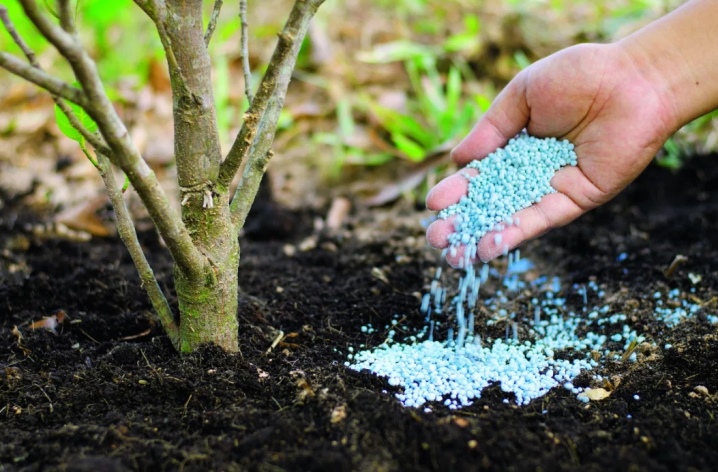
Among fertilizers with a low proportion of macronutrients, production and sales of some are now steadily declining, but the popularity of ammonium sulfate remains unchanged.
Ammonium nitrate contains up to 35% of the base active ingredient. It has good water solubility and is produced in small granules up to 3 mm. It can also be in the form of flat flakes or in the form of plates.
Non-granulated nitrate is highly hygroscopic, capable of absorbing moisture and at the same time caking. Therefore, it has increased requirements for storage conditions - only in a dry room and in small bags.
Urea is readily soluble and, in conditions of very high humidity, is capable of caking into a huge lump. It is mainly used on light sandy soils, where it has a much greater effect compared to ammonium nitrate. The only limitation is that urea should be introduced in advance and into the soil heated to 10-15 ° C, otherwise it will not work.
It is not so hygroscopic, but requires a special approach to packaging to maintain its original qualities.

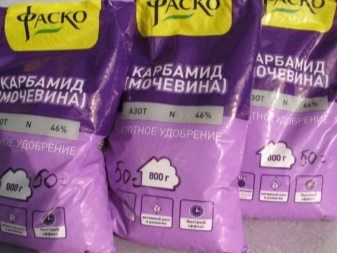
Active demand for saltpeter from Russian agricultural producers continues to grow. The highly effective product is available in several versions: as simple, ammonia-potassium, calcareous-ammonia, magnesium and calcium. It is used during the spring digging of the soil and as a subsequent summer top dressing. The fertilizer is often used in depleted areas with an increased risk of developing diseases that are affected by the annual cultivation of the same crop. Experts warn that the soil needs to be helped - to replenish the deficiency of nutrients, fertilizing it with saltpeter, which increases the immunity of plants and protects against the spread of diseases.
Due to the ease of assimilation, the ammonium product is recommended for use on all soils in Russia and for all crops.
It is absolutely harmless and as an emulsifier and stabilizer is used everywhere in food production. Ammonium sulfate does not harm the environment and does not contain hazardous impurities.

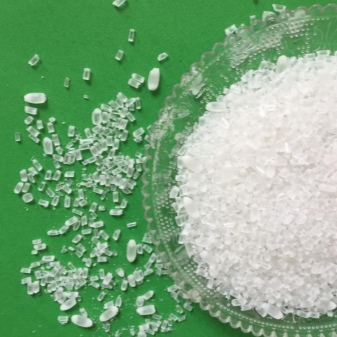
The substance has a slightly acidic reaction, therefore, in order to eliminate excess acidity, it is advisable to dilute it with ash or other earth neutralizers before adding it.
All nitrogen-containing fertilizers must be properly stored, otherwise the required element may volatilize. Competent storage means maintaining optimal temperature conditions and avoiding sudden temperature changes. Heating above 32.3 ° C can ignite the substances and even cause an explosion. In this regard, the explosive ammonium salt of nitric acid should be carefully preserved. By observing the technical storage conditions (under canopies of premises with good ventilation), great harm can be avoided.
Among the most commonly used organic matter, environmentally friendly organic fertilizer is manure. It contains nitrogen in a low concentration - from 0.5% to 2.5%, therefore it is laid in the ground in large quantities.
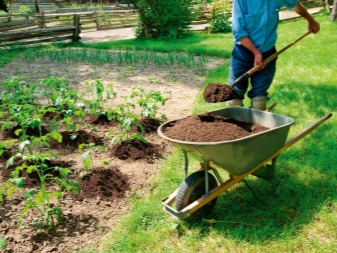
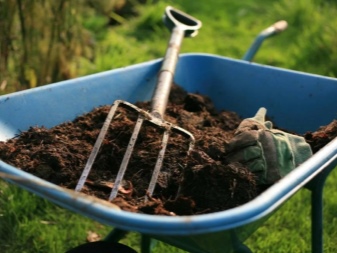
Application rules
The soil contains very little nitrogen in a form that can be absorbed by green shoots. Each soil type has a different content of this macronutrient. Chernozems are rich in nitrogen, extremely poor - light sandy and sandy loam soils. Atmospheric nitrogen can be absorbed by vegetation to an even lesser extent and only after its processing by nitrogen-fixing microorganisms. This amount of macronutrient is absolutely insufficient for nutrition, and plants experience nitrogen starvation.
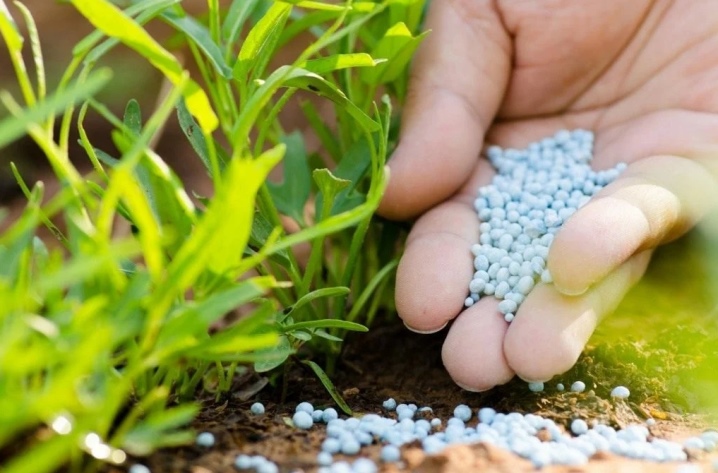
Nitrogen helps to develop and horticultural crops, and landscape lawn plants, and indoor flowers. Nitrogen is mobile, does not require deepening, it is simply scattered over the surface in the spring or in the first half of summer in the dosage required for each crop and watered with water (preferably in the evening to avoid leaf burns). It instantly reaches the root system of the seedlings. In addition to "continuous" application, you can use other more effective methods: "in rows" or "hole". These - excellent mineral-saving - methods are used to process seed crops.
It is important to know: nitrogen nutrition works positively only with the correct agrotechnical measures. Both lack of nutrition and overfeeding of plants always lead to their diseases and a decrease in yield. High concentrations have a negative damaging effect on seedlings. But if problems are noticed in time, then feeding the plants will return their full development.

Disruption of chlorophyll synthesis can lead to a decrease in yield or even death of plants.
Slow growth and delayed flowering, weakness of leaves and stems with nitrogen deficiency are common signs of delayed development. But each culture also has its own characteristic manifestations. So:
- tomatoes shed their ovaries;
- beet leaves turn yellow and die off quickly;
- a red stripe forms along the edge of the strawberry leaves;
- roses do not bloom;
- fruit trees do not set fruit.
An overabundance of an element also leads to negative consequences. In the presence of large and lush greenery, the flowering and fruiting process slows down. In cereals, head lodging may begin.
In tuberous and leafy plantations overfed with minerals, which do not need large doses of nutrition, excess nitrates will accumulate in the fruits. Strict adherence to the dosage will help prevent oversaturation, which will prevent the accumulation of nitrates and carcinogenic nitrosamines.
The greatest need for nitrogen in a plant is in the spring, when it is actively growing. You can enrich the soil with chemical minerals, but environmentally friendly organic matter prepared at home on your own is preferable.
The leader in popularity among all folk remedies is the waste of livestock of farm animals (manure). The usefulness of this type of organic matter obtained from different animals is not the same. Equine is of particular value for crops. But manure of any origin should not be applied fresh (which has lain for up to three months). It is recommended to store it in heaps for enzymatic decomposition.
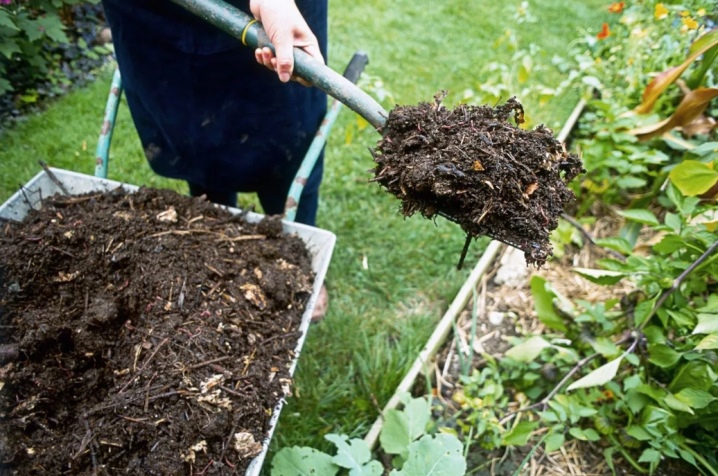
Semi-rotten, half a year old or well-decomposed excrement is ideal for preparing a nutritional infusion. They have already got rid of harmful bacteria, fungal spores. And they lack live weed seeds, but only rotted ones.
Only rotted (after aging up to two years) manure can be added directly during planting. It is great to mulch with such humus, as well as to loosen heavy soils.
Chopped dried poultry droppings work well. But to reduce the high toxicity of pigeon or chicken droppings, it should be mixed with hay or sawdust.
The most commonly used humus is manure that has rotted along with rotten foliage. You can feed the soil with useful household compost - a mixture of fermented waste of various products. The fermentation process takes place with the help of bacteria and heat. For individual crops, wood ash is added to alkalize the soil and additional fertilizing.
Natural additives - humates can speed up the process of fermentation of manure. If there is no time for its decomposition, then it can be dug up with soil in the fall or scattered over the snow in winter.
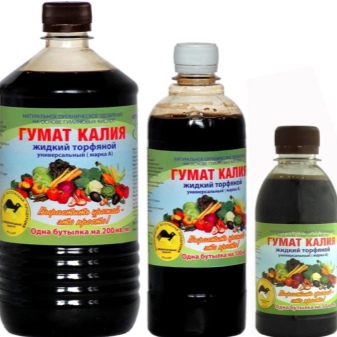
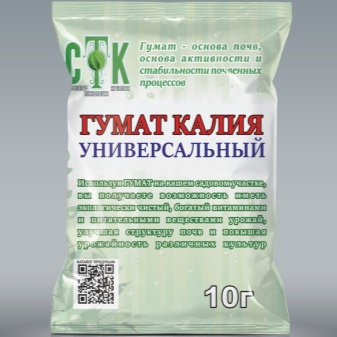
The villagers make their own compost using a compost pit. In this case, they additionally fill the pit with peat, which can significantly increase the percentage of the useful element in the compost.
Green remedy is being prepared to stimulate development and strengthening in the Russian countryside - a decoction of nettle or other herbal mass, infused in the heat, with the further addition of manure and ash to it.
Battery-dried and minced in a meat grinder, banana peel is an excellent source of not only nitrogen, but also potassium. During the spring digging of the site, the prepared banana powder must be mixed with the soil.
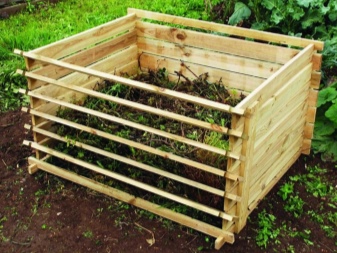

It should be noted today the reluctance of many gardeners and gardeners to use mineral fertilizers. They prefer to use only organic matter in their plots. But this is fundamentally wrong. Without the use of minerals, it is now practically impossible to increase soil fertility and, accordingly, crop yield. In addition, if the dosage is incorrectly calculated and organic matter, great damage to the soil can be caused. And this fact proves the particular importance of knowledge of the types of fertilizers and a competent and responsible approach to their use in gardens and vegetable gardens, on lawn flower beds and when growing potted ornamental plants at home.
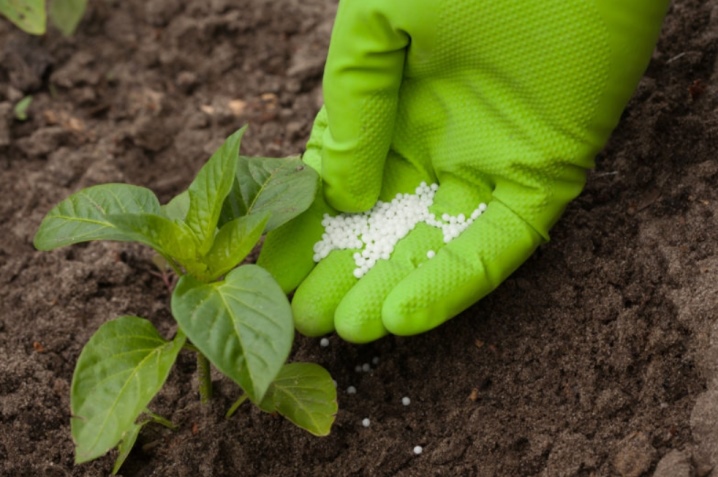
For the types of nitrogen fertilizers and the rules for their use, see the video.













The comment was sent successfully.